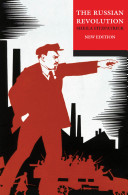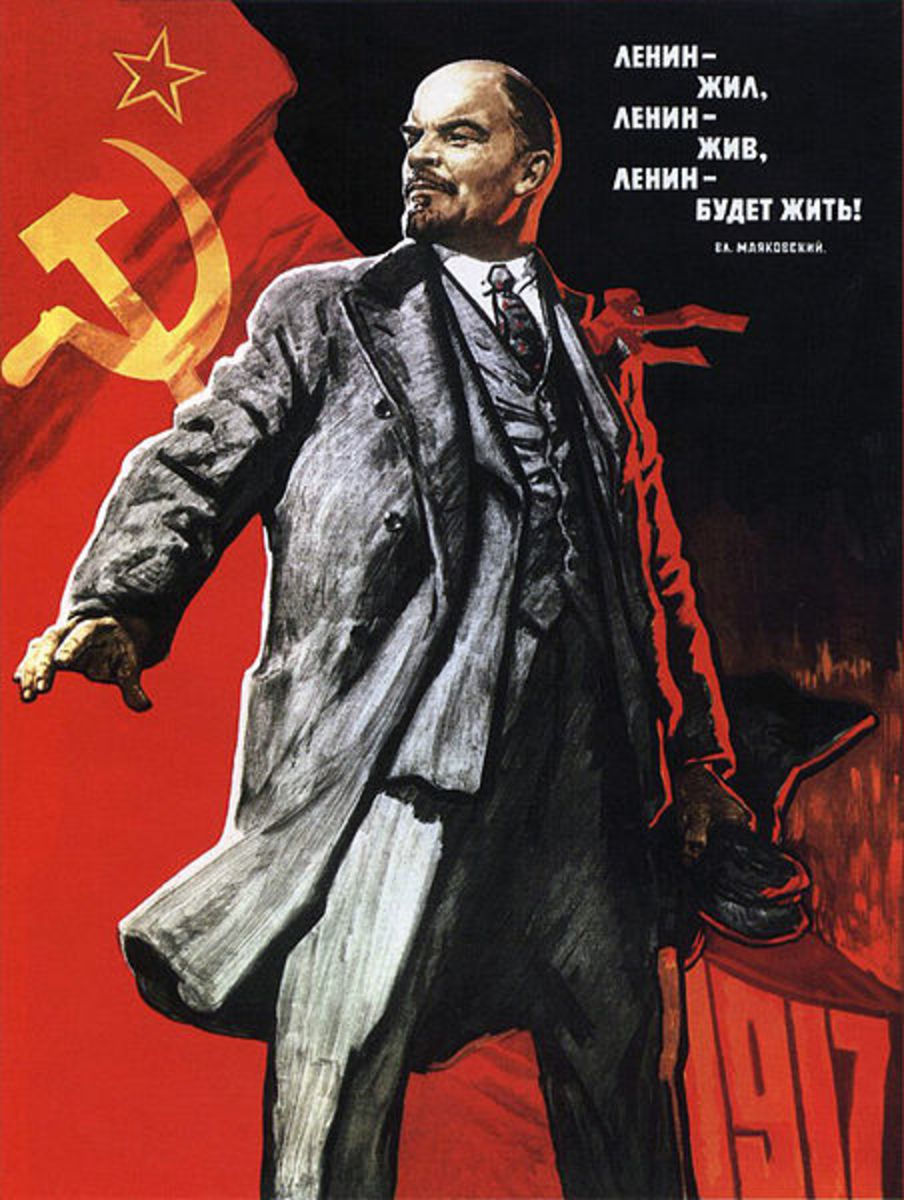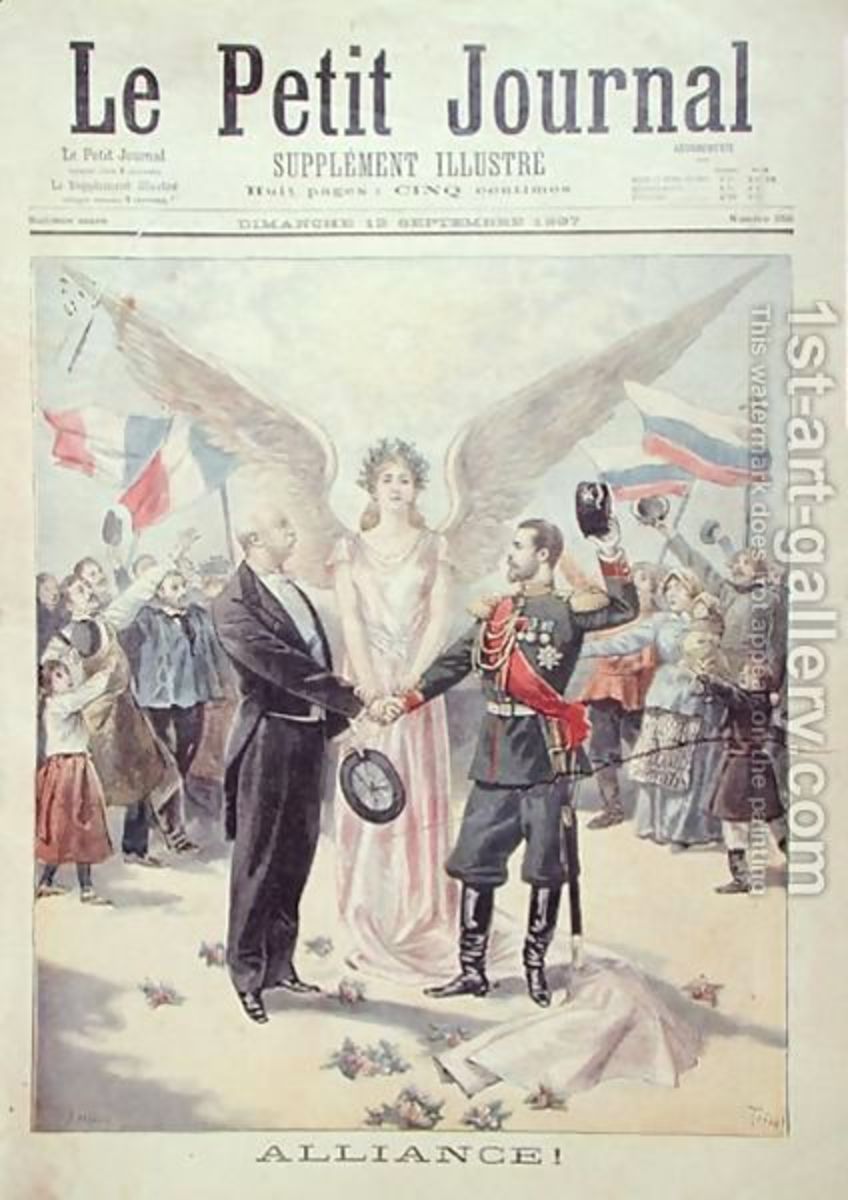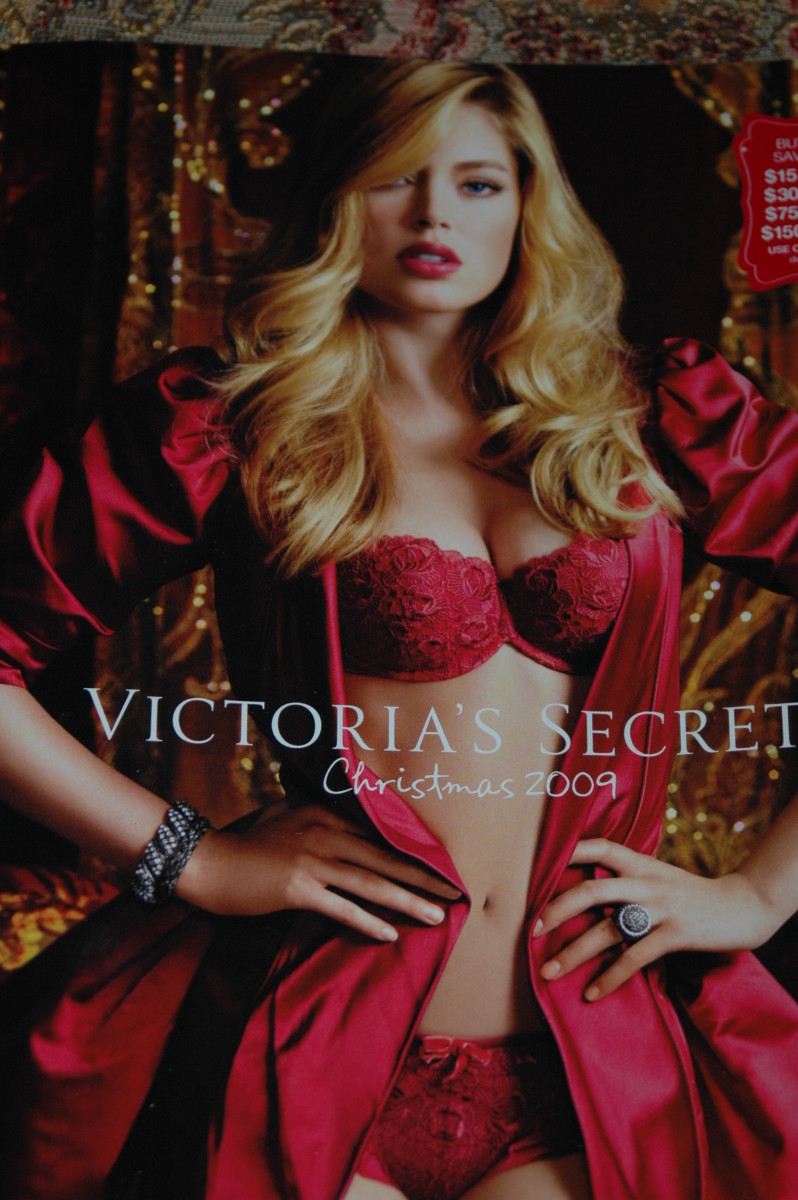The Russian Revolution by Sheila Fitzpatrick

In The Russian Revolution by Sheila Fitzpatrick, she gives an overall history of Russian Revolution that began in 1917. She looks in depth at the causes, different stages, and the outcomes of it. In this critical analysis paper, her thesis and the defense of it will be discussed. In addition to that, strengths and weaknesses (or problems) will also be looked at. This paper will conclude with an overall opinion of the book in its entirety.
In this book, the author’s thesis is that the Russian Revolution was not just the revolutions of February and October of 1917. It encompassed much more than that. (Fitzpatrick 2008, 4) According to Fitzpatrick, the February Revolution of 1917 was only the beginning (Fitzpatrick 2008, 1) and this twenty year battle finally ended with the Great Purges of 1937-1938.(Fitzpatrick 2008, 4) She furthers her thesis in saying that everything in between was merely “different stages…in a twenty-year process of revolution.”(Fitzpatrick 2008, 4)
Although it was hard to read, the author did a great job defending her thesis. She demonstrated quite well how every stage of the revolution tied into the rest as a whole. She presents the whole double decade affair as a continuous chain of events with each link being an effect of the previous one.
The “official” Russian Revolution did not start until February 1917 but the seeds of the conflict lay in the decades prior to that. The February Revolution was the end result of decades of pent up frustrations and aggravations against the tsarist government from peasant and nobleman alike.(Fitzpatrick 2008, 15) Fitzpatrick summed the problem up perfectly when she said “…the more rapidly a society changes (whether that change is perceived as progressive or regressive) the less stable it is likely to be.”(Fitzpatrick 2008,16) Prior to 1917, Russia had experienced economic growth, industrialization, and modernization.(Fitzpatrick 2008, 15)These events occurred very rapidly, usually at the expense of the peasantry.
Later that year after the Revolution started, the Bolshevik party gained the power of majority in the soviets of Petrograd and Moscow. (Fitzpatrick 2008, 61) Their next step was to overthrow the Provisional government the following October.(Fitzpatrick 2008,64) This overthrow of the Russian government by led to the Russian Civil War in the summer of 1918 against the anti-Communist White party.(Fitzpatrick 2008, 74)The Civil War was the next stage in Fitzpatrick’s thesis.(Fitzpatrick 2008, 4)The Civil War finally ended in 1921 and ushered in the next stage of her thesis: the New Economic Policy or NEP.(Fitzpatrick 2008, 79)
The NEP was Lenin’s postwar economic policy. It was meant as a replacement for Lenin’s War Communism and a way to “…restore the shattered economy…”(Fitzpatrick 2008, 95-96) It was fairly successful at reviving the economy. The program allowed “private trade and small-scale industry” to reemerge in the cities and “small capitalist peasant farming” in the countryside.(Fitzpatrick 2008, 112-113) However, the NEP was abandoned after the death of Lenin and the accession of Joseph Stalin, in favor of Stalin’s First Five Year Plan.(Fitzpatrick 2008, 117)Stalin’s First Five Year Plan is also called “a revolution from above”(Fitzpatrick 2008, 120); or in regards to this paper, the next step of the author’s thesis ladder.
The next two rungs of Fitzpatrick’s thesis ladder deal with the “transition from revolution to post-Revolution”(Fitzpatrick 2008, 151) The Thermidorian aftermath deals with new reforms and policies associated with the Russian Cultural Revolution.Fitzpatrick 2008, 158) The very last step of the ladder is the Great Purges of 1937-1938 in which the new Communist regime started to fish out “former Oppositionist groups, which had become magnets for ‘spies, provocateurs, saboteurs, White Guards, [and] kulaks’ who hated Soviet power…”, Fitzpatrick 2008, 164) as well as marking the end of the Russian Revolution for Sheila Fitzpatrick.
As with any book, this one had its strengths and weaknesses. I found more weaknesses with this book than strengths. The biggest problem with this book is that I found it extremely hard to read.
There were a number of reasons I had so much problem reading this book. The biggest hindrance was that there was just entirely too much information. As she was writing the events of the book, she gave a lot of background information. This made the book choppy and unconnected at times. For example, she begins talking about how the West attributes the Bolshevik victory to its party organization and discipline. She then diverges into the growth of the Bolshevik party and then reverts back to whether the party’s organization and discipline was indeed its greatest strength or not.Fitzpatrick 2008, 42) I spent most of the book trying to connect the dots and figure out what exactly was going on, making it a tedious read.
Another big problem I had with the book was that she would be discussing something and then randomly starts asking questions without providing the answers. An instance of this can be found when she was discussing the future form of government after the Bolsheviks overthrew the existing one and whether it would be a dictatorship. She then starts asking a bunch of what if questions, like “What happened if the trade unions and factory committees had different concepts of the workers’ interests?” (Fitzpatrick 2008, 69) This made the book leave me hanging, which is extremely aggravating.
Likewise, there were also strengths to the books. As I mentioned earlier, she supported her thesis really, really well throughout the whole book. Another really good thing about the book is that she covered all the bases of the Russian Revolution very detailed and thoroughly. She could have just stated what the Russian Revolution was and what happened during it (granted this scenario would make it an easier read, but not near as thorough). Instead, she goes outside the box to explain the direct and indirect causes of the conflict as a whole and in each step along the way. She also discusses the effects of each component as she is going through the history. Last but not least, she stays on topic throughout the whole book. Yes, too much information was added throughout the book, but it was still relative to the bigger picture of the history of the Russian Revolution. Other strengths of the book include its structure and organization. The way she divided the chapters up coincided perfectly with her thesis. Further inside the organization, was the chronological structure of each chapter heading.
As a historical overview of the Russian Revolution, overall, I think the book was a very informative book. Even though in some places there was too much detail and extra information, making it very hard to read; she still did an extremely well job staying on topic while presenting the entire conflict and all the little components that go along with it. It amazed me how she could take a seemingly unrelated event in Russian history, such as The Great Purges of 1937-8, and demonstrate how it ties into the Russian Revolution.
Reference
Sheila Fitzpatrick. The Russian Revolution. New York: Oxford University Press, 2008.
© 2014 Beverly Hollinhead






